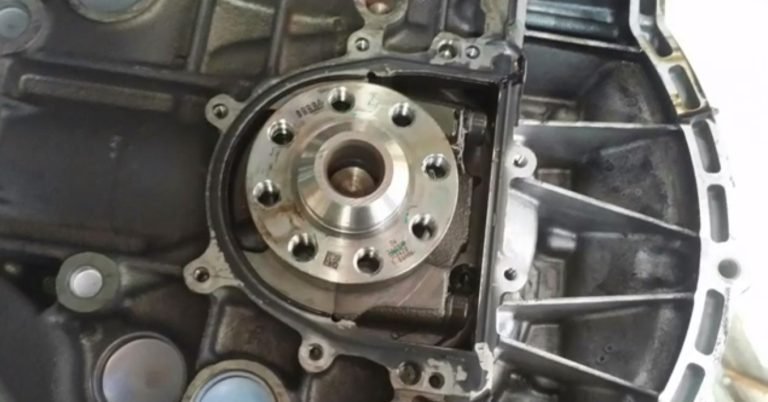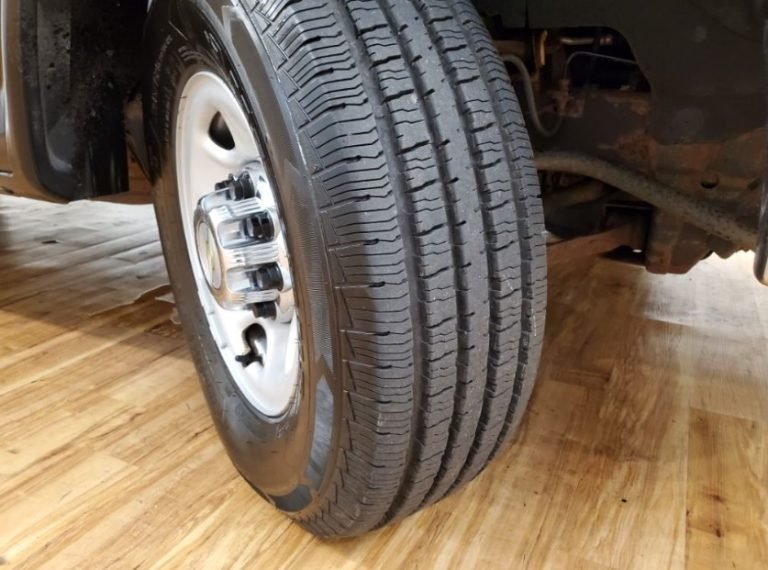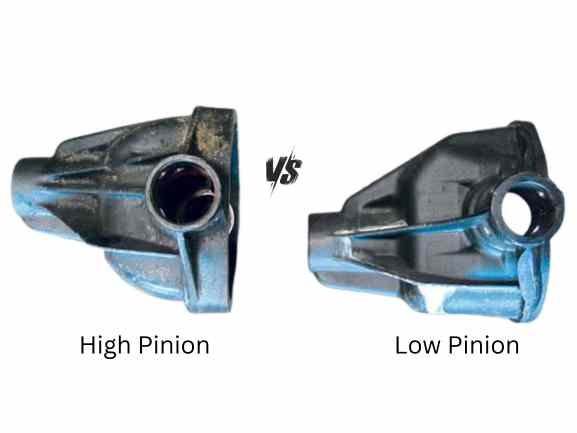Oil filters come in various sizes. Therefore, you must choose a size that fits your vehicle to avoid oil pressure problems or leaks. The most common oil filter sizes are the PF48 and PF63.
But are there any PF48 vs. PF63 differences? Yes. One key difference between the two filters is their diameter and height. The filters also differ in bypass pressure rating, weight, and flow rate. And, of course, their prices are also dissimilar.
Considering their differences, can you use the two filters interchangeably? This guide has all the answers to your questions regarding the PF48 and PF63. Keep reading till the end.
PF48 Vs PF63 Comparison Table
Below is a quick overview of the differences between the PF48 and PF63 to help you decide which oil filter is the best.
| Differences | PF48 | PF63 |
| Diameter and Height | Approximately 2.970 inches and 3.1-3.4 inches | About 3.0 inches and 4.78 inches |
| Bypass Pressure Rating | Up to 15 psi | Up to 20 psi |
| Flow Rate | 10 to 12 GPM | 13.2 to 15 GPM |
| Price | $4.12 to $14.07 | $4.95 to $21.47 |
| Weight | 7.8 to 12.8 ounces | 9.9 to 23.2 ounces |
What Is PF48 and PF63?
The PF48 and PF63 are oil filters used in internal combustion engines. These filters are built to remove any impurities and contaminants from the engine oil. This is because, over time, the dirt in the oil can cause damage to the engine and its components.
But how do these two filters work? While your vehicle’s engine runs, the oil pump usually pumps the oil to the filter. The engine oil usually enters the filter via the holes around the perimeter of the base plate.
From here, it flows via the filter media under pressure for cleaning before returning to the engine through the central hole.
What Are The Differences Between PF48 Vs PF63?
So, how does the PF48 oil filter differ from its PF63 counterpart? Check out their key differences below.
- Size
The PF63 filter is slightly larger in diameter and longer in height than the PF48. It has a diameter of approximately 3.0 inches and a height of 4.78 inches.
Conversely, the diameter of the PF48 is around 2.970 inches, while the height is 3.1 to 3.4 inches. Therefore, the PF63 offers more filter media for cleaning the impurities out of the engine oil than the PF48.
- Bypass Pressure
These two oil filters are designed to efficiently remove contaminants from the engine oil under maximum pressure. The PF48 boasts an internal bypass valve pressure of 15 PSI. On the other hand, the older PF63 oil filter features a bypass pressure of up to 20 PSI.
Therefore, the PF63 can handle high oil pressures better than the PF48, thanks to its higher bypass pressure rating. Consequently, this may help extend the life of the oil filter.
- Flow rate
Like the bypass pressure, the flow rate of both the PF48 and PF63 varies depending on the manufacturer. But overall, the PF63 has a higher flow rate per minute, reducing pressure loss during the filtering process.
Most PF48 oil filters boast a flow rate of 10 to 12 gallons per minute. As for the PF63 oil filters, you can expect a flow rate of 13.2 to 15 gallons per minute.
- Price
The price of PF48 oil filters ranges from $4.12 to $14.07, depending on the brand and quality. On the other hand, PF63 filters cost between $4.95 and $21.47, minus shipping costs. Therefore, the PF63 is pricier than the PF48 because of its larger size.
- Weight
Because of its smaller size, the PF48 oil filter is relatively lighter in weight than the PF63. It weighs between 7.8 ounces and 12.8 ounces. The PF63 is slightly heavy, weighing between 9.9 ounces and 23.2 ounces.
Any Similarities Between PF48 and PF63?
While the two filters have several differences, they are also similar in many ways. Let’s check out their similarities.
- Micron Rating
Despite their size differences, both oil filters are engineered to capture impurities as small as 20 to 30 microns. Simply put, their media can trap about 1/3 the width of human hair, ensuring a longer engine lifespan.
- Large Opening
The filters boast about 10 times larger openings in the core. Consequently, this helps ensure improved oil flow.
- Rubber Gasket
Even better, the filters have rubber gaskets for a superior seal. This helps secure the filters while also preventing oil leaks.
- Thread Size
An oil filter’s thread size determines whether it will work on your particular vehicle. As it turns out, the PF48 and PF63 have the same thread size of M22 x 1.5mm.
Can You Use the PF63 In Place Of a PF48?
Yes, if space allows, you can use the PF63 and P48 oil filters interchangeably. This is because the PF63 has a slightly extra length than the PF48.
The reason you can use the PF63 in place of the PF48 is that both filters have the same thread size. Therefore, you can be sure they will fit securely, and you don’t have to worry about leaks.
However, you can only use the PF63 instead of the PF48 in some vehicles. This includes the 2011 and newer Chevy truck models with the 3.0 and 3.6 V6 engines.
Which Is Better: PF48 Or PF63?
Both filters do an excellent job of removing contaminants from the engine oil. However, the PF63 oil filter is the overall best choice. This is because of its slightly larger size and more media, which gives it more dirt and oil-holding capacity. So, its filtration efficiency is higher than that of the PF63.
On top of that, it has a higher flow rate and bypass pressure rating than the PF48. That said, you must check out the owner’s manual to determine whether your vehicle needs the PF48 or PF63 filter.
FAQs
Below we will respond to frequently asked queries regarding the differences between the PF48 and PF63.
Q: What engines do the PF48 and PF63 Fit?
The PF48 fits most 2007 and newer Ford, General Motors, and Chrysler vehicles with 4.8-, 5.3-, 6.0-, and 6.2-liter engines. Conversely, the PF63 can fit various 2014 to 2019 General Motors trucks, including the Chevrolet and Cadillac, with 4.8, 5.3, and 6.0-liter engines.
Q: How often should you change the PF48 and PF63 filters?
You should change your PF48 or PF63 oil filter every time you carry out an oil change. Generally, most car manufacturers recommend changing the engine oil after every 7,500 or 10,000 miles.
Q: Can using the PF63 oil filter instead of P48 void a warranty?
No, as long as it fits properly. After all, the two filters have the same thread pattern and base design. However, it would be best to consult your vehicle’s manufacturer before using a filter different from the recommended one in the owner’s manual.
Conclusion
Apart from their difference in diameter and height, the PF48 oil filter differs from the PF63 in price and weight. These two oil filters also have different flow rates and bypass pressure ratings. But even with their variations, these two oil filters are similar in many ways.
For example, they have the same thread size and micron rating and are equipped with a large opening. As such, you can use the PF63 in place of a PF48 despite the difference in size. But overall, the PF63 is more efficient at filtering impurities thanks to its extra cellulose filter media.






